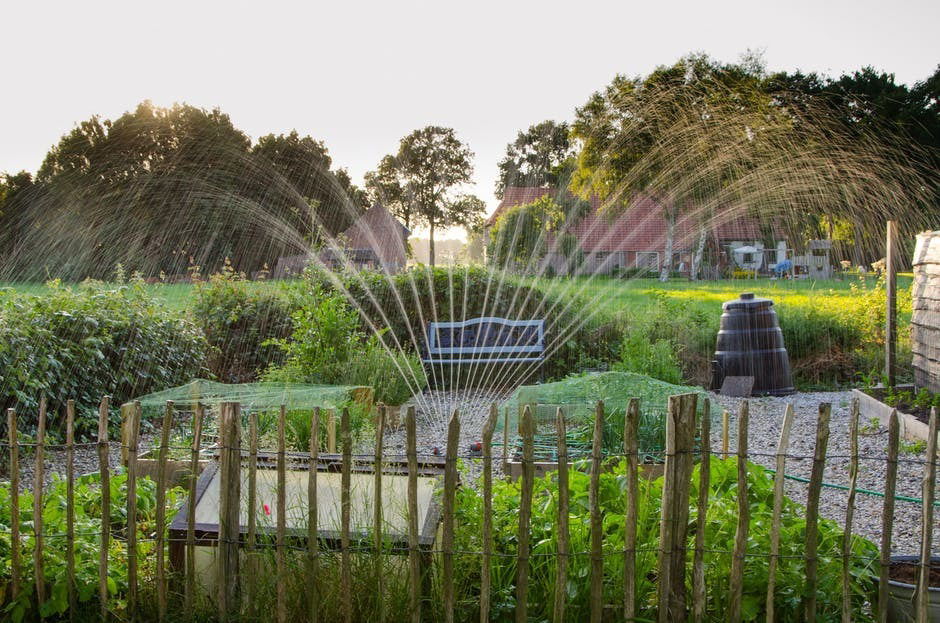More About Drip Irrigation System

While programmed sprinkler frameworks are the best method of watering a grass, trickle water system, a few downsides regardless, are the favored strategy for the remainder of the nursery plants. The fundamental distinction between the two is that sprinklers toss water aimlessly over the territory they spread, instead of drippers that discharge water in assigned spots. Based on the way that sprinklers are still generally utilized for watering flowerbeds, trees, and bushes, it appears that the upsides of the dribble water systems are not adequately obvious to numerous plant specialists. Before managing these, we should diagram first the impediments engaged with drippers.
Installing a trickle water system framework is more costly than a sprinkler framework regarding materials and work. Moreover, the life expectancy of the dripper lines is constrained to around 10 - 15 years - here and there significantly less if intermittent flushing isn't done. While it's important to supplant the genuine sprinkler heads from time to time, the underground funneling should last well past a lifetime. The sight of water system pipes tossed on the ground is neither satisfying nor tasteful. What's more, dripper lines are regularly harmed by winged creatures or rodents, and intermittent upkeep of the framework is more requesting than for sprinklers. These last issues can be survived notwithstanding, by spreading a natural mulch over the funnels. Check out the best tree irrigation Tampa experts here.
In spite of the disadvantages, the general points of interest picked up by utilizing drippers are overpowering, particularly in the matter of water preservation. Truth be told the utilization of a dribble water system is indispensable if the expression "water protection" is to be overhauled from a motto to a reality. Accepting that the framework is introduced and worked accurately, how might it spare water in contrast with watering with sprinklers?
Sprinkling water on the exposed earth between the bushes and trees causes a decent arrangement of run-off, implying that an extensive extent of the water radiated can't be taken up by the plants. This issue is especially intense on inclines and angles. The dribble water system then again transmits water at a rate at which it tends to be consumed by the dirt. Sprinkling on exposed earth, rather like overwhelming precipitation, makes mechanical harm the structure of the dirt. Natural mulch tackles this issue obviously, yet to the detriment of squandering water, in light of the fact that the mulch layer itself retains a significant part of the water that is radiated. With drippers nonetheless, all the advantages of mulch are achieved without a comparative misuse of water.
In spite of the fact that water protection is an essential explanation behind receiving a dribble water system, the technique has other significant advantages. The pace of weed germination is essentially diminished as dry regions are scattered between the damp ones. The larger part of bug and sickness creatures flourish in sticky, warm conditions. Sprinkling on warm nights, for instance, implies that the air around the plants' foliage is immersed with dampness until the early morning sun, diminishes the stickiness to some degree. This is extraordinary for parasites, for example, fine mold, however sad for some, garden plants, particularly for flower shrubs. Watering by methods for drippers doesn't truly bring the moistness up in the pivotal region of the plants' foliage.
